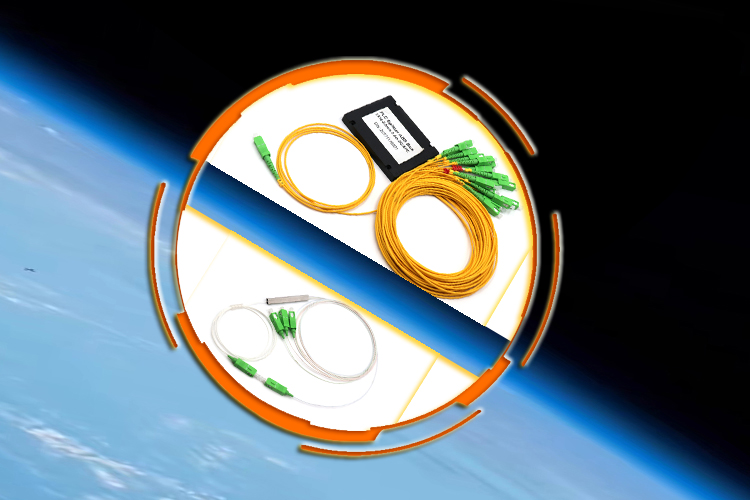By goodvin | 18 May 2023 | 0 Comments
The Future of Data Transmission: A Comprehensive Guide to Fiber Optic PLC Splitters
The Future of Data Transmission: A Comprehensive Guide to Fiber Optic PLC Splitters
I. Introduction to Fiber Optic PLC Splitter
A planar lightwave circuit (PLC) splitter is a passive optical component that splits an optical signal into multiple paths. It contains an array of waveguides on a substrate that are designed to split and combine optical signals. Fiber Optic PLC splitters utilize interference to split an input signal into multiple output signals of approximately equal optical power with high stability and low excess loss. They are mainly used in fiber optic communication systems for signal distribution and monitoring.

II. Operating Principle of PLC Splitter
A PLC splitter splits an input optical signal into multiple output signals through a series of Y-branch waveguides. The Y-branches are made of waveguides integrated on a substrate with a refractive index higher than that of the surrounding medium. When light travels through the waveguide, it will be reflected by the waveguide-medium interface if the angle of incidence exceeds a critical angle. So the light will continue traveling down the waveguide. At each Y-branch, the optical signal will be split equally into two waveguides. By combining multiple levels of Y-branches, the signal can be split into multiple outputs.
III. Key performance Parameters
The main parameters for a PLC splitter include:
Number of output ports: Common port counts are 1x2, 1x4, 1x8, 1x16, 1x32, etc.
Excess loss: The total optical loss from the input to the output ports. A lower excess loss means higher splitting efficiency.
Uniformity: The power variation between different output ports. A smaller uniformity value means the split ratio is more consistent.
Directivity: The suppression ratio of optical power in the desired direction over other directions. A higher directivity means less optical signal leaks into the unintended ports.
PDL (Polarization Dependent Loss): The difference in excess loss between two orthogonal polarization states. A low PDL indicates the device is polarization insensitive.
IV. Applications of PLC Splitters
PLC splitters are commonly used in PON (passive optical networks), fiber optic sensors, optical signal monitoring, and test equipment. They play an important role in increasing connectivity, reducing cost, and improving flexibility in fiber optic networks.
Leave a Reply
Your email address will not be published.Required fields are marked. *
POPULAR BLOG
- The Future of Fiber Optic Access Networks: An Expert Perspective
- Market Analysis of Fiber Optic Testing Equipment: Key Trends and Insights
- Will SDM Technology Become the Only Way for High-Capacity Optical Transmission?
- Fiber Optic Network Development Strategy and Technical Roadmap
- Impact of Technical Innovation of Optical WDM on the Future of Optical Communication